How To Avoid Burnout From a Busy, Stressful Job
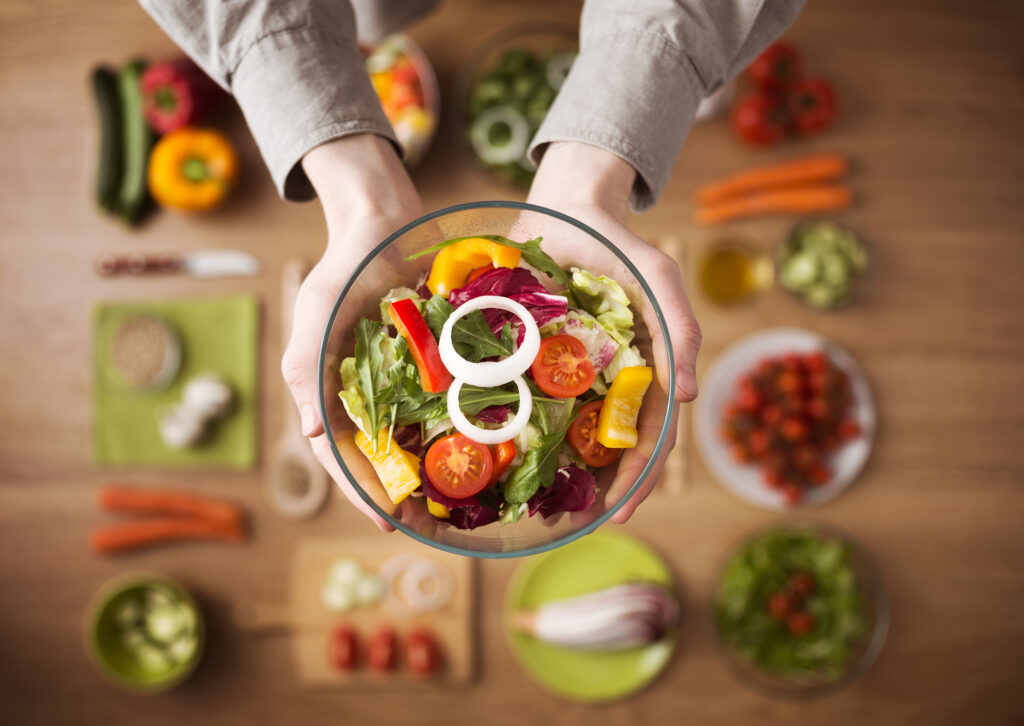
If you’re working lots of hours a week and have a particularly high stress, high responsibility, busy job, then you likely know how easy it is to feel burnt out and run down by your work. Luckily, the steps you need to take are pretty simple to help you have better energy, better mood, better […]
12 Days of Healthy Snacks
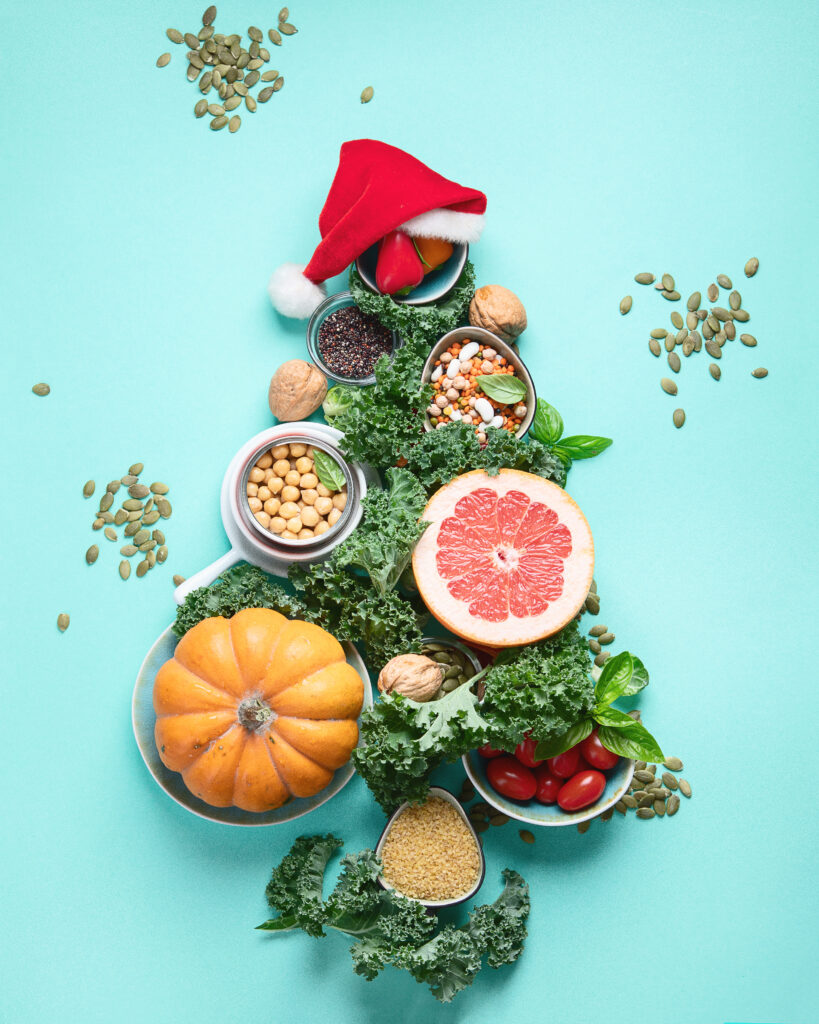
By now, the holiday season is in full swing. And that means holiday parties are happening, and all kinds of delicious food temptations have probably been put in front of you – even the not-so-healthy ones. Now we’re certainly not advocates for ultra-rigid restrictions on food all the time here. After all, joy is healthy […]
3 Tips to Eating Healthy with a Busy Schedule
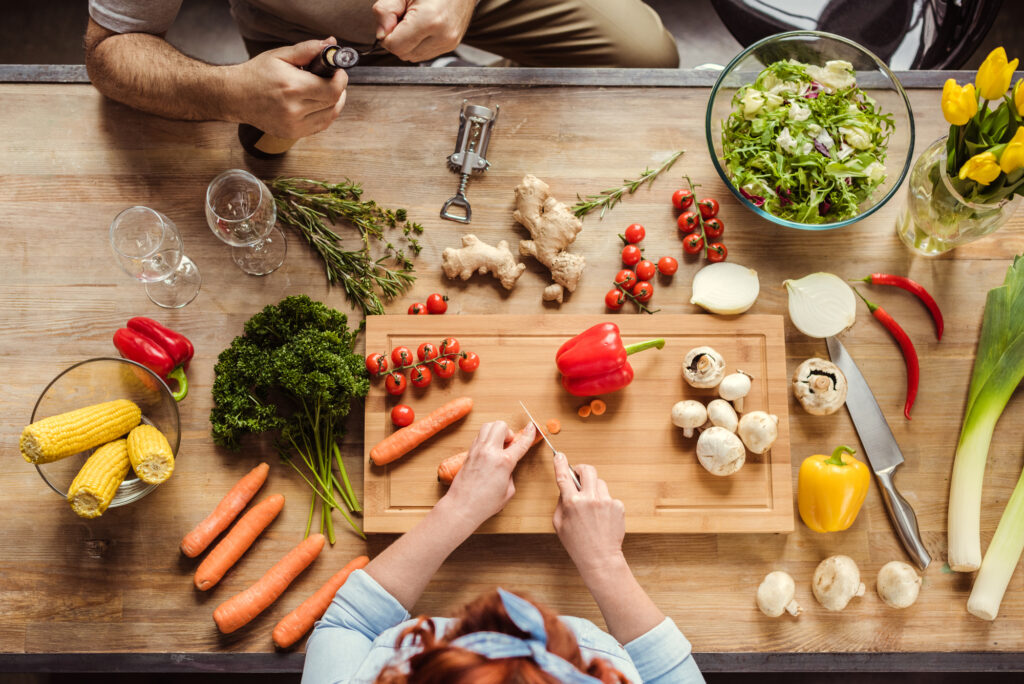
Do you find your daily schedule to be pretty hectic? Are you running around all day going from one thing to the next with little time in between? For many, this means a healthy diet can fall by the wayside in place of quick, easy and convenient food. It’s also no secret that quick, easy […]
Nutrition for Changes and Aging

By: Michael Raynor, MS, RD, LDN As both men and women reach their 40s and beyond, they’re faced with changes thatmay require them to adjust their nutrition and fueling to ensure they’re best supporting theirhealth as well as any performance goals they may have. This can be difficult for many men andwomen because their nutrition […]
The Basics of Macros & Portions
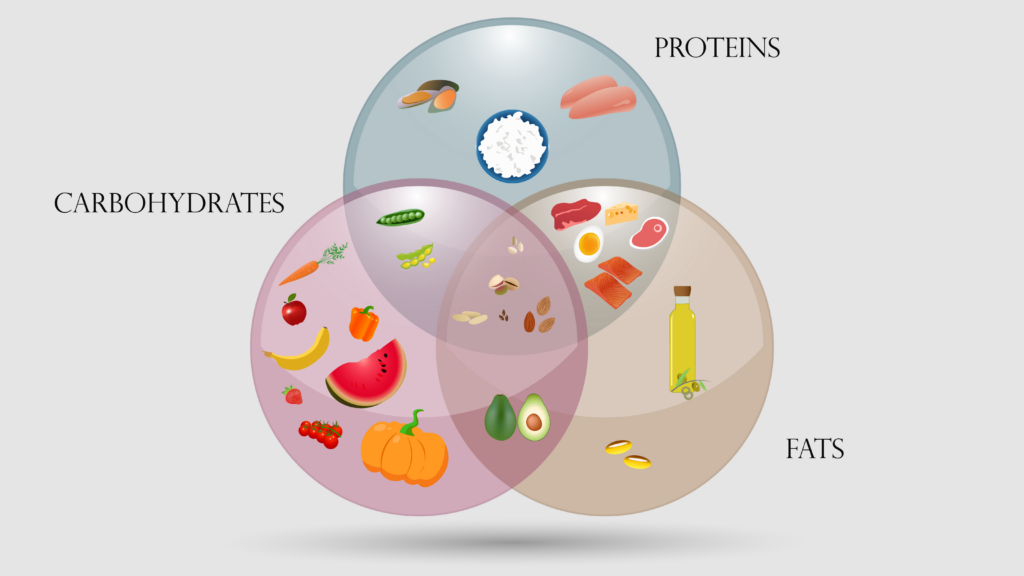
You may have heard of the macronutrients (or “macros” for short). Even if you don’t know whatthey are, you’ve likely seen them listed on the Nutrition Facts panel of all the packaged foodsyou buy–carbohydrates, protein, and fat. These macronutrients are the larger components offood and make up all the calories (also known as energy) that […]
What’s the Deal With Superfoods
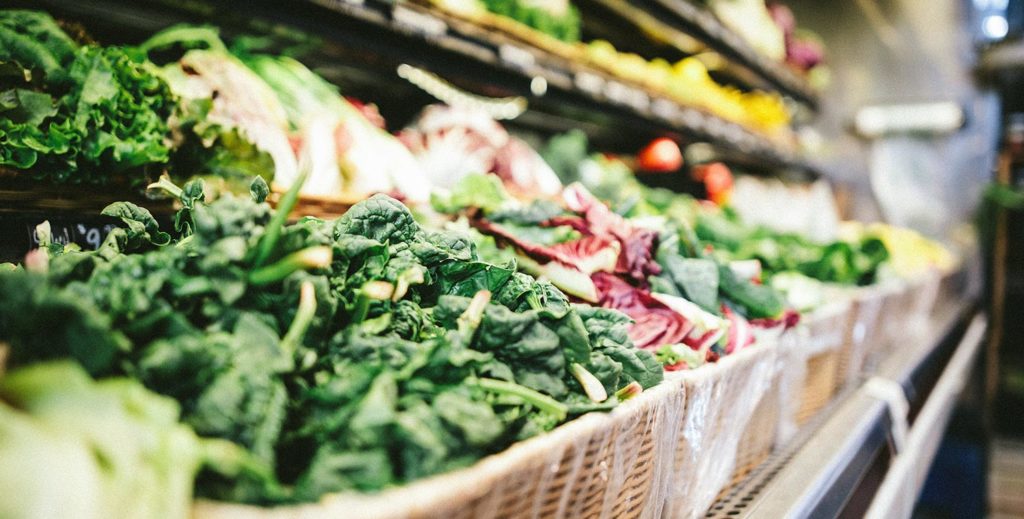
By Michael Raynor, MS, RD, LDN If you follow food news or just look at new products in the grocery store, you’ve probably heard of various “superfoods” and the wide array of associated claims made about them. So, what’s the deal with these foods? Are they really “superior”? If so, what makes them super? Superfoods […]
Staying on Track During the Holidays

By Michael Raynor, MS, RD, LDN For people with health and fitness goals, the time of year (with a string of holidays in a row) can feel like a minefield of temptation and events pulling us off track. The great news is, it doesn’t have to be a stressful time of year that derails you […]
A Healthier Halloween

A Healthier Halloween Beginning of the Holiday Season Halloween marks the beginning of the holiday season–(let the sugar-influx roll). The next couple of months are filled with treats, parties, family gatherings, alcohol, and a packed schedule. So how do you continue to pursue your health and fitness goals despite all that this time of year […]
Managing Hunger & Appetite

By Michael Raynor, MS, RD, LDN Maybe you’re a seasoned athlete, have been working out consistently for years, or maybe you’re new to working out consistently. Regardless of which camp you fall in, working out consistently and more frequently can lead to an increased appetite or feeling hungrier because of the additional calories you’re burning, […]
Fueling for Performance, Recovery and Results
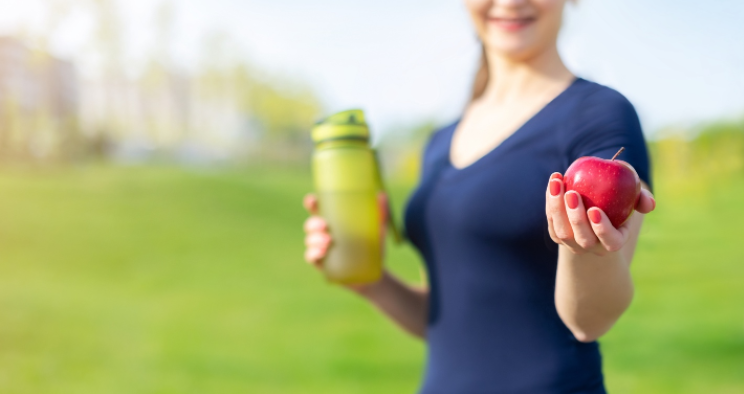
By Michael Raynor, MS, RD, LDN Eating the right things at the right times around our workouts is one of the biggest things we can do to improve our performance for our workouts and improve our recovery from them—ensuring that we’re getting the most out of them. It also is one of the most neglected […]

